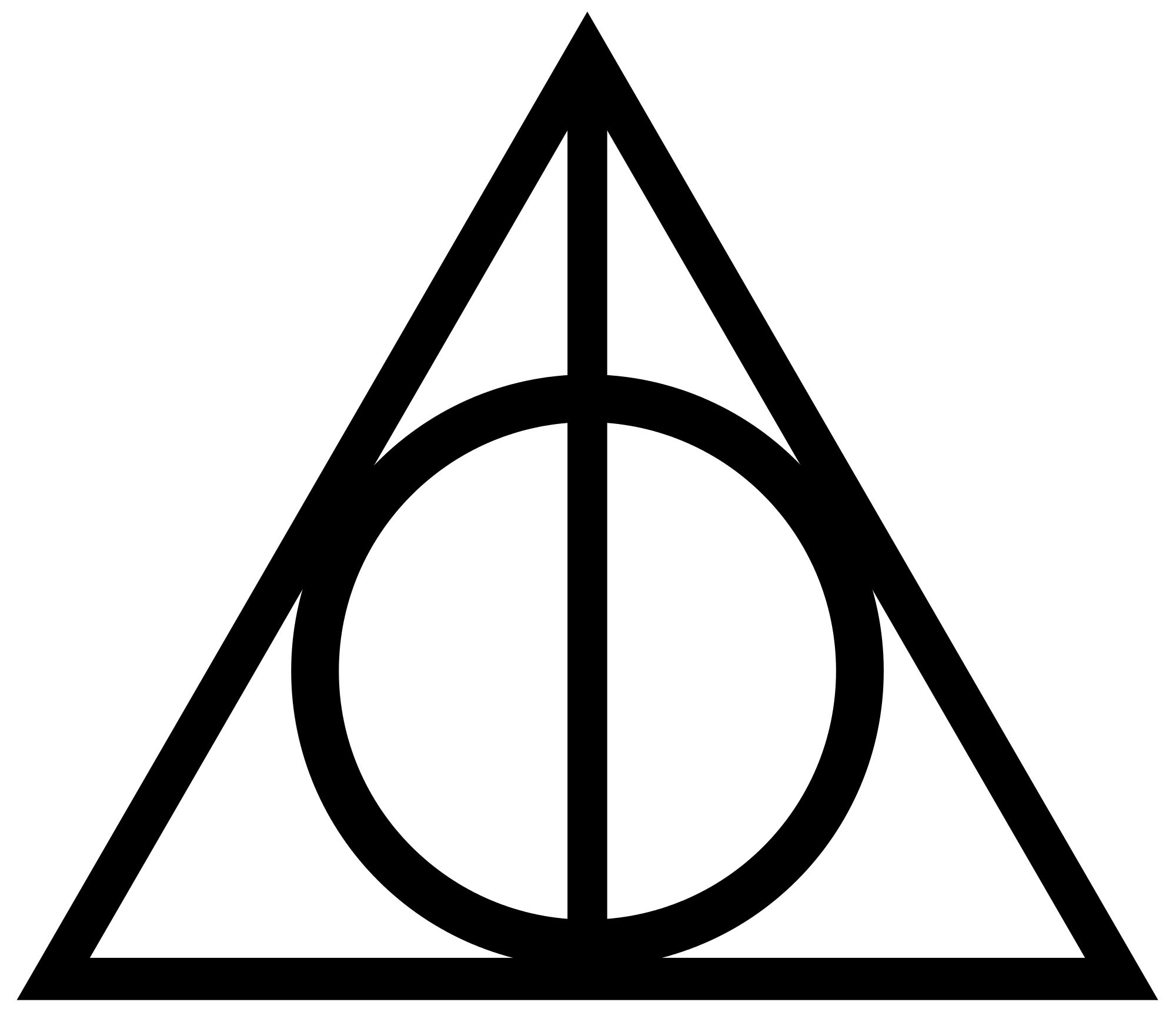World Building
Artificial Historical Artifacts
Ever heard of Excalibur? Durandal? Patton's Ivory-handled Pistols? What about the Rosetta Stone? The Liberty Bell? The Magna Carta? These are examples historical artifacts and ancient wonders that give backstory to our world. History both tangible and lost that shaped culture and events; a few the stuff of legends. Now while works of fiction are planned and constructed, as opposed to seemingly random chance, these things all influenced the world at some point, and the fact that some of these things are still present in modern culture shows how much wonder and awe they inspired.
The same principle applies to fictional worlds. Without backstory, without history, we are left without context for the events of the story. What would "Harry Potter" be if Hogwarts was a brand new wizard school without the secrets and mysteries that fill the halls? What if the Deathly Hallows didn't exist? If the fear that still existed after Voldemort's defeat (the first time) was absent? It would be a very meaningless story about a wizard whose parents never died, who never had to outsmart the most terrible wizard ever to exist, and the books would be about mundane concerns that really don't seem that compelling. Imagine "The Lord of the Rings" without the Rings. Why would Frodo leave the Shire? To buy groceries? Gandalf would be pretty bored, that's for sure. And if Morgoth and Angmar and all the other things that gave the novel its scope were absent, why would we care about these diminutive hobbits? My point is: everything I discussed this week relates to a world's history. The races, the cultures, the language, the mythology, all make the history and are made by the history.
 |
| The Symbol of the Deathly Hallows |
In fantasy, artifacts tend to usually be the goal of a quest, or needed to defeat an evil power. Sometimes they do things that no one can explain, and others do things no one has a use for. For my book, artifacts were one of the first things I thought about when first creating the world, and considering my age at the time most of them were weapons. This has a lot to do with the numerous 'artifact weapons,' such as Glamdring, Orcrist, and Narsil, that have histories going as far back as the first great wars of the worlds history (many thousands of years old in most cases). The only other artifact I came up with in my original drafts was something I called "the Omnicron," a stone that had undetermined power. It was the goal of both the Hero and the Big Bad to get it before the other in order to accomplish their respective goals (killing each other, basically). But I found that initial idea too simple (and way too over used in the genre). However, the idea was morphed into something else, and is still the focus of the plot, but its origins and its purpose changed. So maybe only changed superficially, but my beta readers have enjoyed "the orbs" in my work. From there, other artifacts begin to take shape.
The next most important artifacts for my story are a collection of "Hero Weapons" for my protagonists. A common trope in video games, Hero Weapons are usually something special that a hero uses in battle, and one of the most famous in literature is Excalibur. Not to be confused with the king-maker Sword in the Stone, Excalibur was a sword wielded by Arthur and made him unbeatable in battle (until someone inevitably betrays him). For my heroes, we have a sword, staff, a special arrow (not a bow), and a pair of daggers. Who gets them, you'll have to read the story. But I will let you all know about the Sword next week. You've seen it already, and I look forward to explaining the process of how Graey Erb and I worked together to design it.
Have a great weekend and a safe Halloween! Look forward to a review of Halo 5 over the weekend. Best wishes!
















